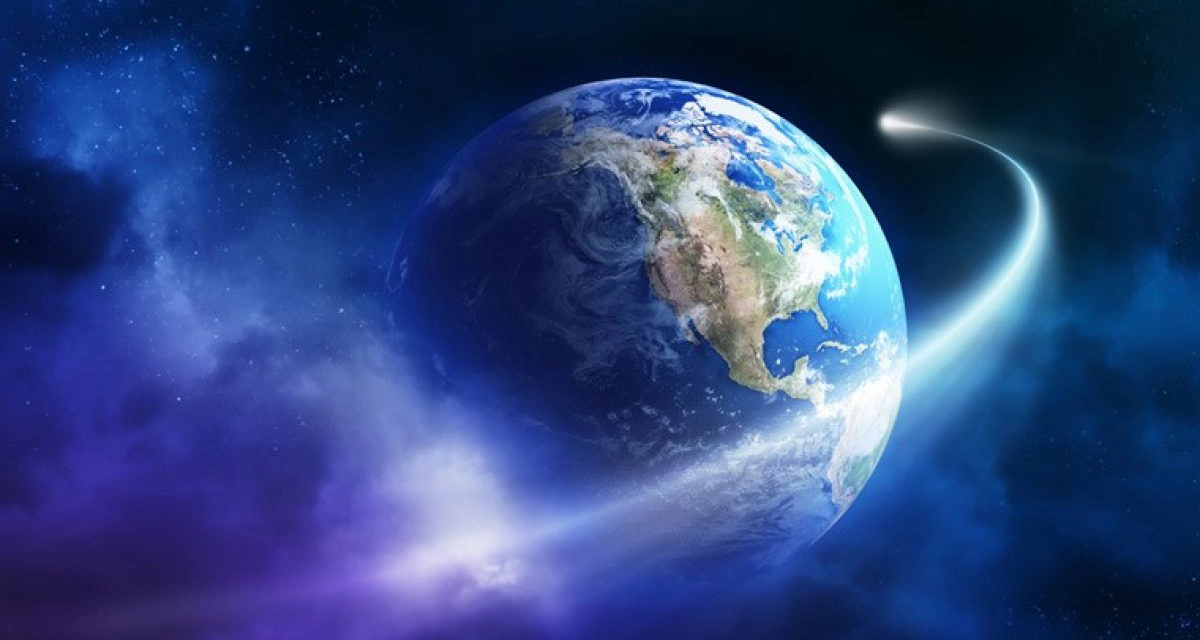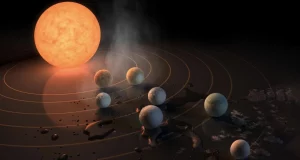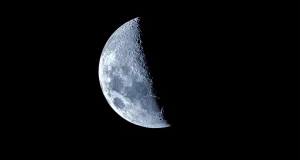The Earth
The formation of our planet Earth started as a cloud of gas and dust. Earth has become the home of us humans and living creatures, where there are many rocky landscapes, space that supports the life of the creatures living on it, and oceans full of mystery.
We humans live on the rocky surface of the earth, we breathe the air that surrounds the planet earth, we drink the water that falls from the sky and we eat the food that grows in the soil. But the earth did not exist in this world from the beginning and always, and even after its creation, it was not habitable for a long time. Until billions of years ago, Earth, like the rest of the planets in the solar system, was an uninhabitable and unrecognizable place between us and the rest of the planets in this system, and it was only in the form of a huge cloud of dust and gas in the atmosphere.
Finally, a mysterious event, an event that scientists are still unable to identify and determine how it happened, created a disturbance in that cloud of dust, a series of events and events caused the earth to begin to form from that form of dust. to this type of life as we know it. A common belief among scientists about how the Earth first formed is that a distant star collapsed and the resulting explosion created a cloud, which broke up the dust cloud, which then caused The accumulation of particles. The explosion formed a rotating disk of dust known as the solar nebula. The faster the cloud rotates, the more dust and gas accumulates in the center, and as a result, the speed of the nebula increases. As time passed, the gravity in the center of the cloud became so strong that the hydrogen atoms began to move with greater speed and power. The hydrogen protons began to fuse to form helium gas, releasing a large amount of energy. This event led to the formation of the star that was the central point of our solar system, the Sun, which happened approximately 4.6 billion years ago.
The formation of the planet Earth
More than 99% of the matter in our nebula was used to form the Sun. The remaining matter began to merge and form different masses. The cloud was still circulating and the masses of matter were still colliding with each other. Eventually, some clumps of matter grew large enough to retain their gravitational pull, turning them into the dwarf planets that make up our solar system today.
Earth is one of the four rocky planets in the solar system. Just like other inner planets such as Mercury, Venus and Mars, its apparent size is relatively small and rocky. In the early history of the solar system, rocky materials were the only materials that could exist around the sun and could withstand the sun’s heat.
The beginning of the earth
In the beginning, the earth did not resemble its modern form. The surrounding air and the Earth’s atmosphere were very hot, so high that the planet was probably composed almost entirely of molten magma. Over the course of several hundred million years, the planet Earth gradually began to cool, and in this way oceans of liquid water gradually formed on the Earth’s surface. Heavy elements moved from the oceans and magma towards the center of the earth. After this happened, the Earth formed into distinct layers, with the outermost layer being a solid mantle of relatively lighter material while a denser layer of molten material sank into the Earth’s center.
Scientists believe that Earth, like other inner planets of the solar system, reached its current state in three different stages. The first stage, which was explained in the previous section, is known as the stage of the formation of a planet from particles in the solar system when they collide with each other and form larger bodies. Scientists believe that the next stage involves the collision of a protoplanet with the very young planet Earth. This is thought to have occurred over 4.5 billion years ago and may have led to the formation of Earth’s moon. The final stage of development was the bombardment of planet Earth with asteroids.
In the beginning, the early atmosphere of the earth was probably composed of hydrogen and helium. Little by little, with the passage of time and with the changes in the planet earth and the beginning of the formation of the earth’s crust, frequent volcanic eruptions have occurred. These volcanoes pumped water vapor, ammonia and carbon dioxide into the atmosphere around the earth. Slowly, the oceans began to form and eventually, primitive life formed in the oceans.
Contributions of asteroids to the formation of the Earth
Other events were also happening on our young planet at this time. It is believed that during the early formation of the Earth, asteroids were constantly bombarding the planet and could have carried with them an important source of water. Scientists believe that asteroids that have hit Earth, the Moon, and other inner planets of the Solar System contained significant amounts of water in their minerals, which is needed for life to exist. Asteroids appear to have disintegrated when they hit Earth at high speed, leaving chunks of rock behind. Some believe that approximately 30% of the water originally contained in asteroids, even after impact, remains in parts as chunks of rock on Earth.
A few hundred million years after this process, about 2.2 billion to 2.7 billion years ago, photosynthetic bacteria evolved. They released oxygen into the atmosphere through photosynthesis and in a few hundred million years they were able to change the composition of the atmosphere to what we have today. Our modern atmosphere is made up of 78% nitrogen and 21% oxygen among other gases, allowing it to support the many lives that inhabit it.





